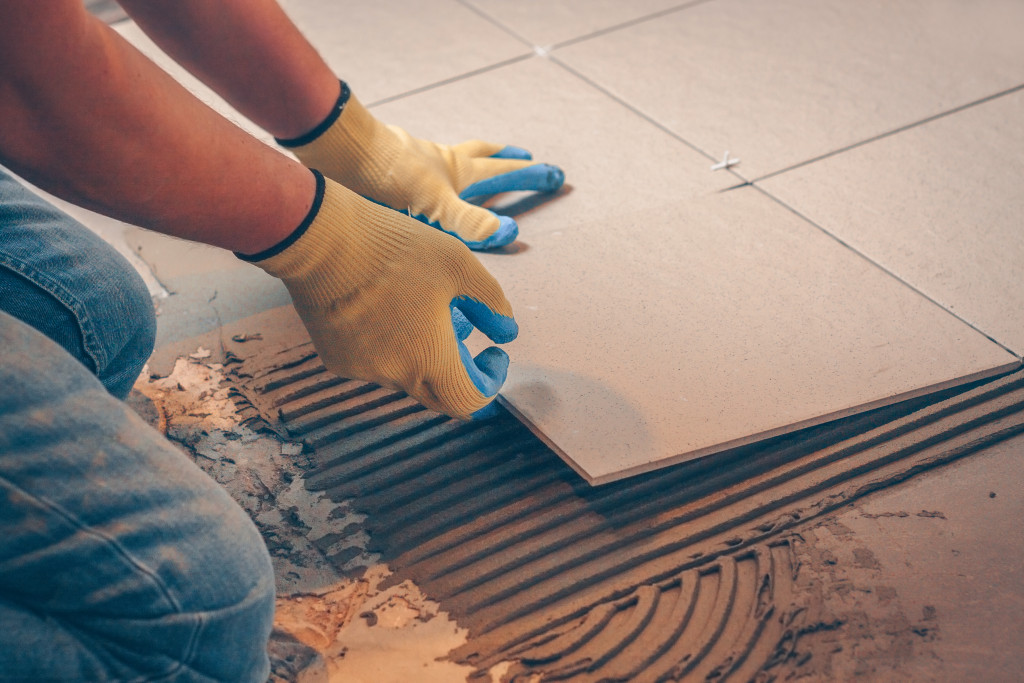Home prices have increased drastically during this pandemic. This is attributed to the lack of materials and the lack of homes in the market. It’s estimated that home prices have increased by 13% from last year, with the average home price being around $340,000 to $400,000. As a result, various home buyers resort to other means of purchasing a home and alternatives to buying one. However, with rent prices also rising and materials to build a home getting more expensive due to the lack of manufacturers, many experts believe that purchasing a fixer-upper might be the only way to get an affordable deal out of this economy.
Purchasing a Fixer-upper
There is a considerable supply of fixer-upper homes in every state. These might have been properties that have been in the market for quite some time or homes built five years ago. The point is that, since there has been some degradation and depreciation that happened to these homes, they are much cheaper than the average market value. As a result, experts believe that getting a fixer-upper and turning it into your dream home is much cheaper than purchasing a home in this economy and much more feasible. Once you’ve bought one, here are the essential things that you need to do:
1. Pest Control
Let’s start with something very essential: pest control. All kinds of pests could have settled in your fixer-upper, especially if it has been around for quite some time in the market. There is a high chance that your seller might have already hired a rodent control service, for instance, before you’ve purchased your fixer-upper. But it doesn’t hurt for you to do it yourself. You don’t want to waste your time searching every nook and cranny for nests made by some pesky little critters looking to ruin your home.
This will drastically increase the time you have to fix your newly purchased home. The previous pest control might have missed some as well, so double-checking is pretty essential. Hiring an exterminator will ensure that you never have to worry about pests ever again.
2. Starting the Fix
The essential thing you’ll have to look into is the foundation of your fixer-upper. First, check the load-bearing walls and see if there are some cracks. If there are, consider calling a contractor right away. To expedite this process, consider hiring a home inspector. You can also do this way before you purchase the home to help you identify the very first things you’ll have to spend on.
3. Walls
You don’t necessarily have to renovate the home from the ground up. If there are some cracks and damages on the wall, patch them up right now. Then cover it with some pallet boards if you want to have a rustic look into your home. Better yet, you can use hardwood wall panels if you have the budget for them. Remember that you can correct the aesthetic later. The point is to get the home ready for living.

4. Tiles and Flooring
This part of the home might not have been fully depreciated yet. It might have some dirt and grime, mainly if the home used ceramic tiles before, but some cleaning will usually remove that. If you like the old home’s tiles, then keep them. If not, then get it removed and replace it with what fits your aesthetic. But know that this will be an expensive venture. Also, don’t forget to check the tiles of the bathroom. Those are probably the ones you want replacing first.
5. Paint
The old paint used for your fixer-upper probably needs to be replaced, and this is undoubtedly the main thing you have to pay for when it comes to renovating your fixer-upper. Unfortunately, paint tends to depreciate reasonably fast, and most people who sell fixer-uppers don’t bother doing it themselves because they know they’ll be replaced anyway. This you should totally do on the first day, and choose a paint that will fit your dream home’s aesthetic.
6. Siding
Usually the siding only needs to be checked, especially if it is made of fiber cement. If it is, then you probably never have to replace it. All you have to do is to repaint it. But if you chose a fixer-upper with wooden siding, you should replace all of it. Wooden siding doesn’t last very long, especially if it doesn’t get the maintenance it needs. So make sure that you do it the moment you’ve purchased the home.
The Old Meets New
By the end of the day, you want the renovation to cost you as little as possible. As stated earlier, you can always correct the aesthetic of your dream home later. With that being said, it’s important to work upon what you already have and try not to make drastic changes unless you can fully afford it. The fixer-upper can have some good things going for it. It just needs a bit of work. By doing this, you can save yourself a lot of money.


